Miró’s studio goes on show in London courtesy of Barcelona’s Mayoral gallery
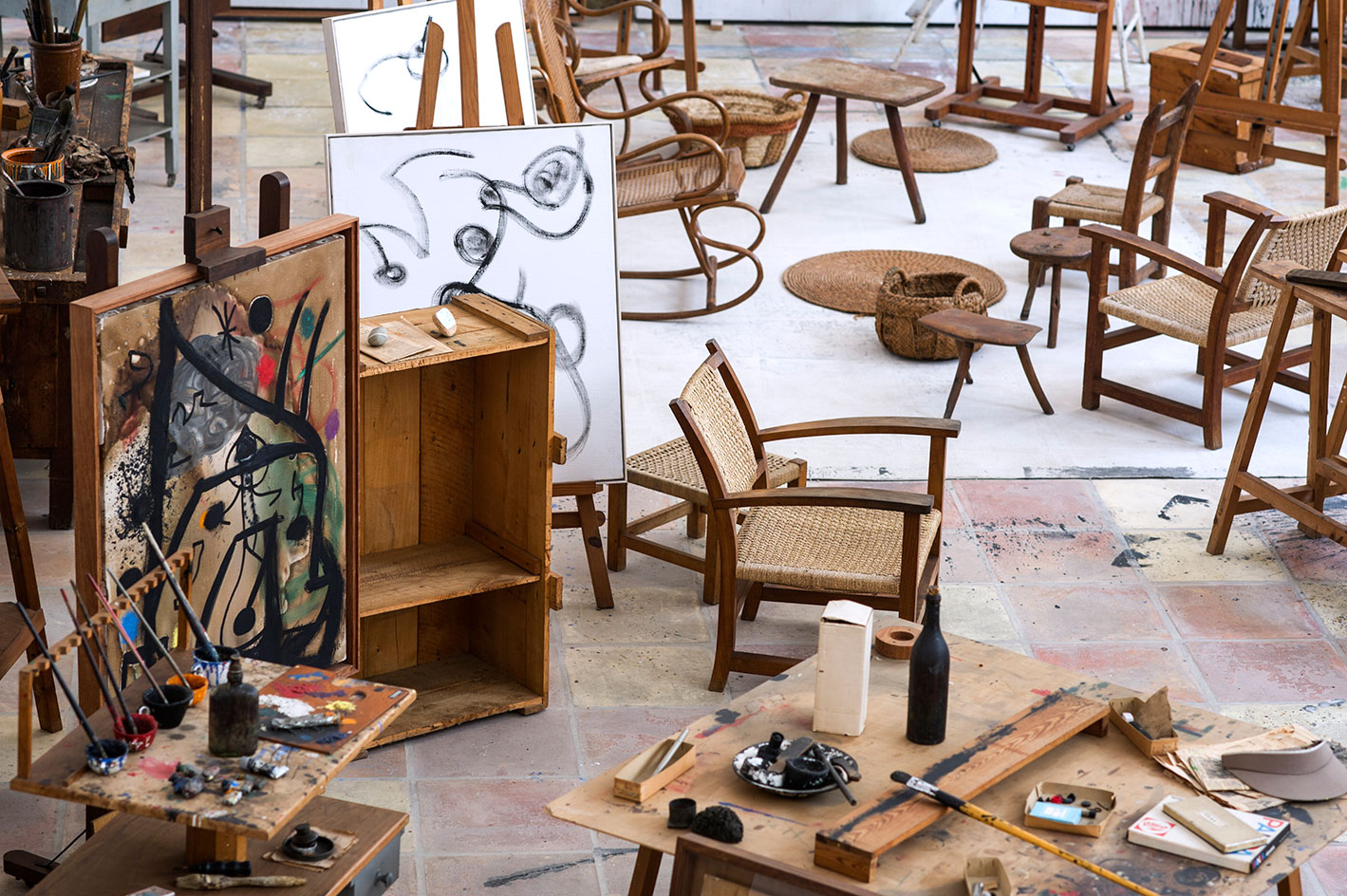
Milking stools, clay toys, driftwood and shells are some of the objets trouvés on display at London’s Mayoral gallery. They form part of the recreation of the late Joan Miró’s studio, just outside of the Mallorcan capital of Palma.
Everything, from the paint-splattered tile floor to a ‘primitive’ stone wall (specified by Miró so he could ‘be like a prehistoric cavemen and daub it with graffiti’) has been painstakingly recreated by Mayoral and Elvira Cámara, director of the Fundació Pilar i Joan Miró in Mallorca. Dotted among the half empty tubes of paint, rags and brushes are 25 canvases, created in the 1960s and 70s, after the peripatetic Miró had settled in the studio. Says Camara: ‘The studio, designed by Josep Lluis Sert in 1956, bears witness to the artist’s final creative stage, and sees the culmination of his brilliant human and artistic process.’
‘Grandpa didn’t fear death or failure, only repetition,’ says Punyet Miró. ‘Today, galleries are a bit repetitive, so we wanted to reinvent the exhibition concept, to magnify the sensation of being in the presence of the artist.’
It works. Sitting in the artist’ favourite rocking chair under a Mediterranean sun made of palm fronds, Punyet recalls being guided around the studio by his grandfather when he was ten. ‘He was very strict about letting family in; he used same dripping technique as Jackson Pollock, and would pour buckets of paint on to canvasses on the floor, first black, then red, yellow, green and blue, then he would hang them without stretching them first.’
Seventy per cent of the works are for sale, among them the famous Femmes V and Punyet Miró’s favourite, two black figures painted onto cardboard and separated by a piece of rope. Created in 1977, two years after the death of Franco, it’s a comment on the lack of freedom and expression in 1970s Spain. ‘It took him a day to create, but a lifetime to make,’ says Punyet. ‘The physical activity one day, the psychological, 70 years.’

Milking stools, clay toys, driftwood and shells are some of the objets trouvés on display at Mayoral's temporary 6 Duke Street site. Pictured: Joan Miró at Son Abrines, 1978.
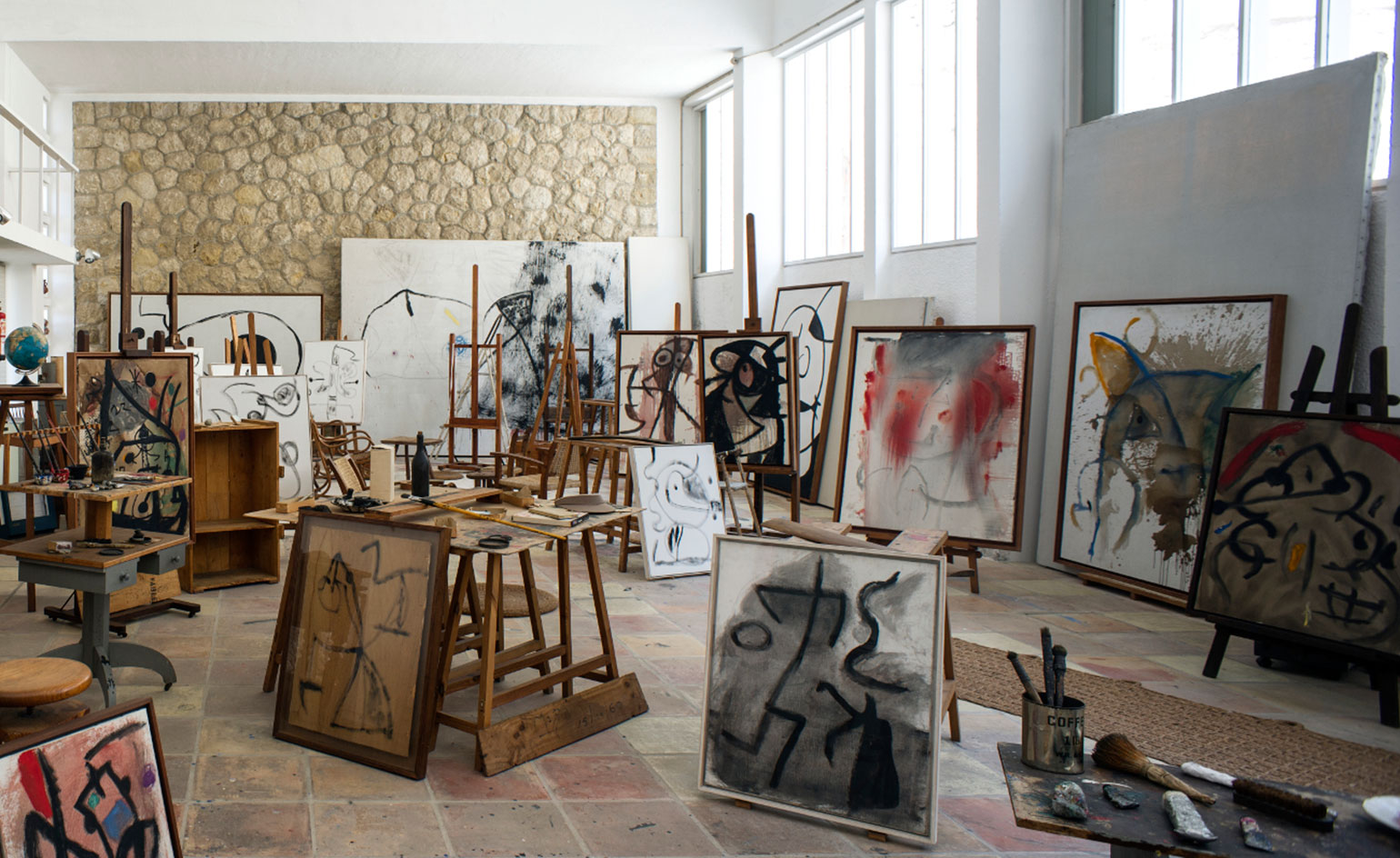
Dotted among the half empty tubes of paint, rags and brushes are 25 canvases, created in the 1960s and 70s, after the peripatetic Miró had settled in the studio.

Seventy per cent of the works are for sale, among them the famous Femmes V... Pictured: Femmes V, 1969. Courtesy of Mayoral
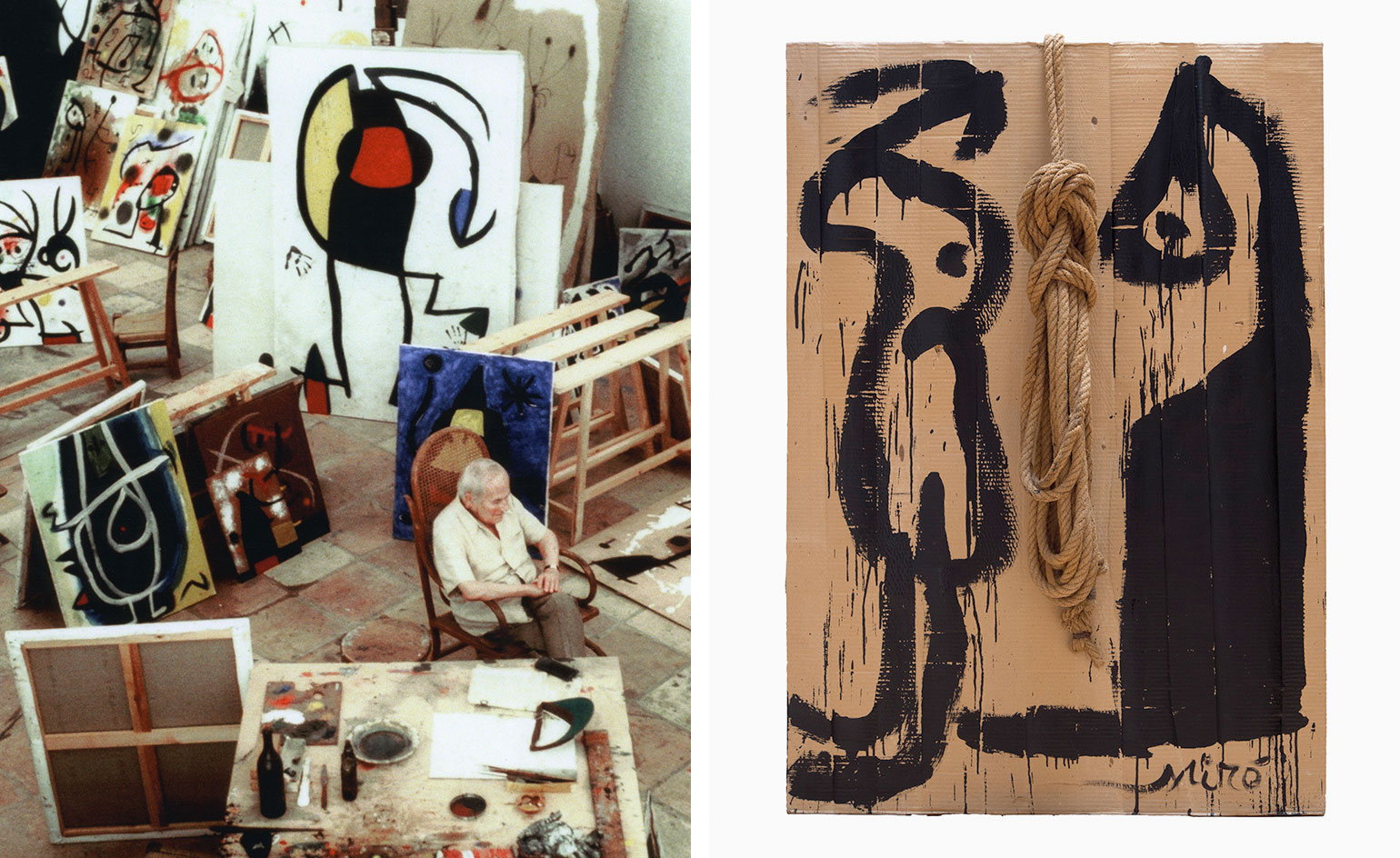
... and Punyet Miró’s favourite, two black figures painted onto cardboard and separated by a piece of rope – a comment on the lack of freedom and expression in 1970s Spain. Pictured left: Joan Miró in his Son Abrines studio, 1978. Photography: Jean Marie del Moral. Right: Painting, 1977. Courtesy Mayoral
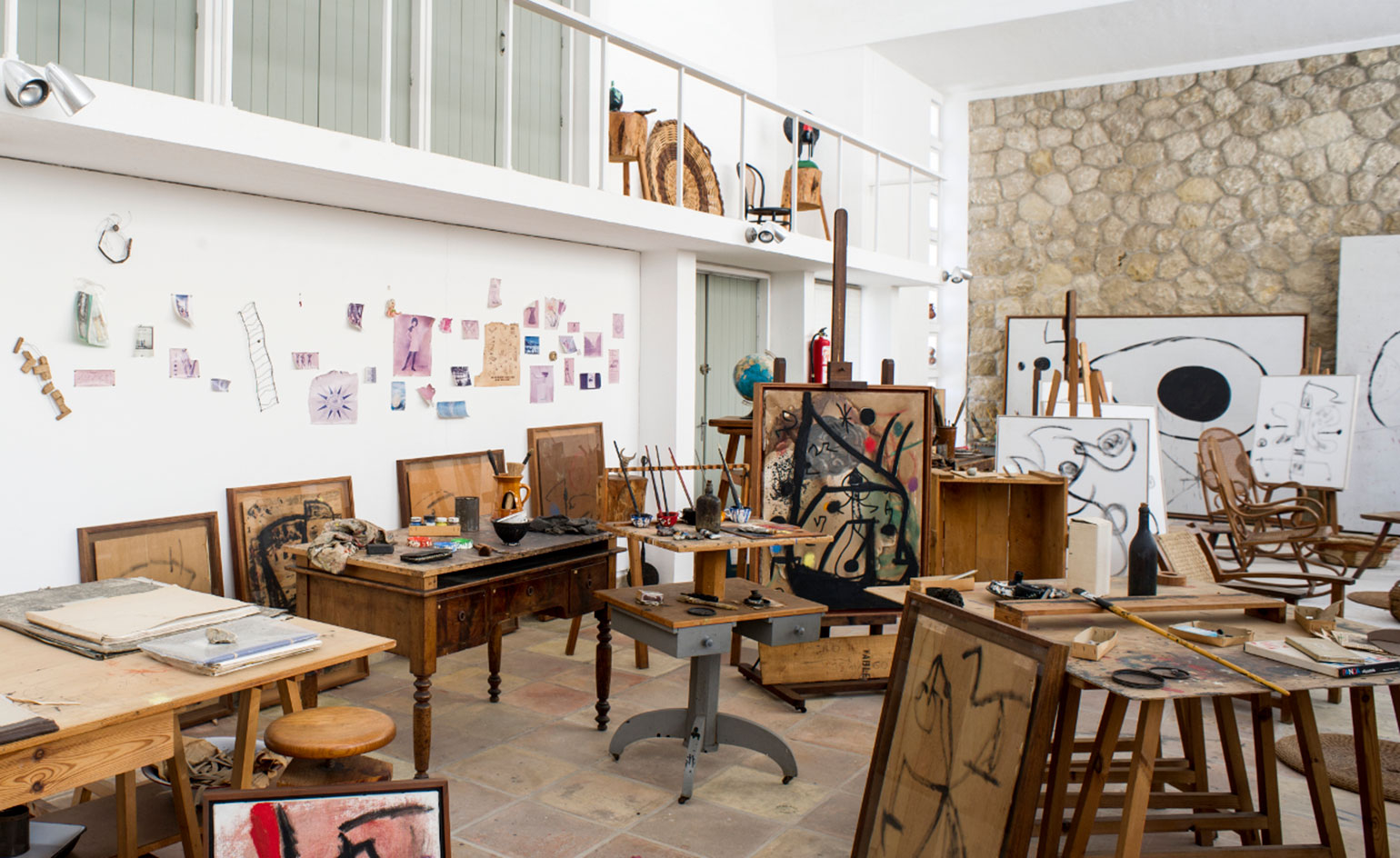
‘Grandpa didn’t fear death or failure, only repetition,’ says Punyet Miró.
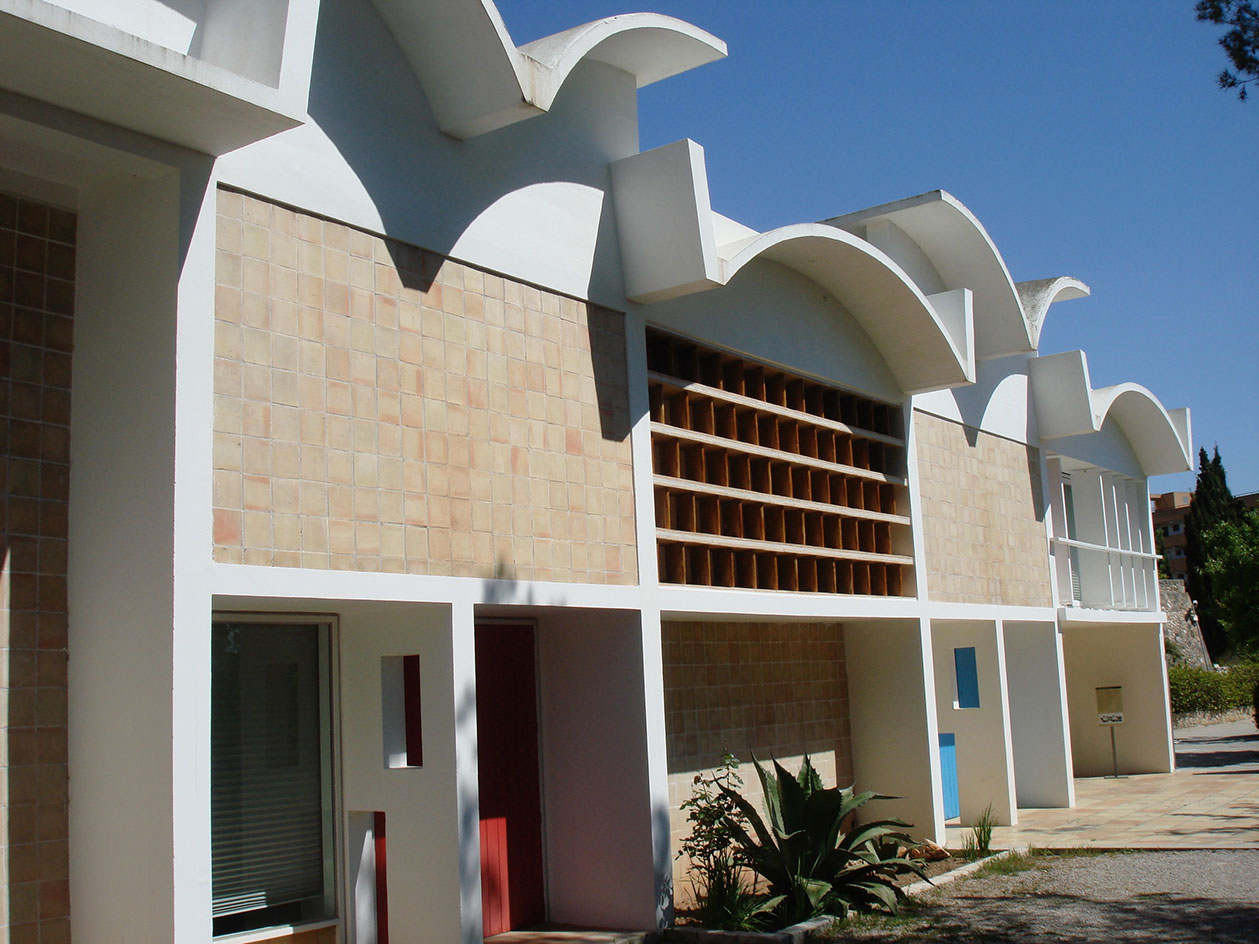
Exterior shot of Miró's Son Abrines studio
INFORMATION
'Miró's Studio (London)' is on view until 12 February. For more information visit Mayoral Galeria d'Art's website
ADDRESS
Mayoral
6 Duke Street
St James's
London, SW1Y 6BN
Receive our daily digest of inspiration, escapism and design stories from around the world direct to your inbox.
Emma O'Kelly is a freelance journalist and author based in London. Her books include Sauna: The Power of Deep Heat and she is currently working on a UK guide to wild saunas, due to be published in 2025.
-
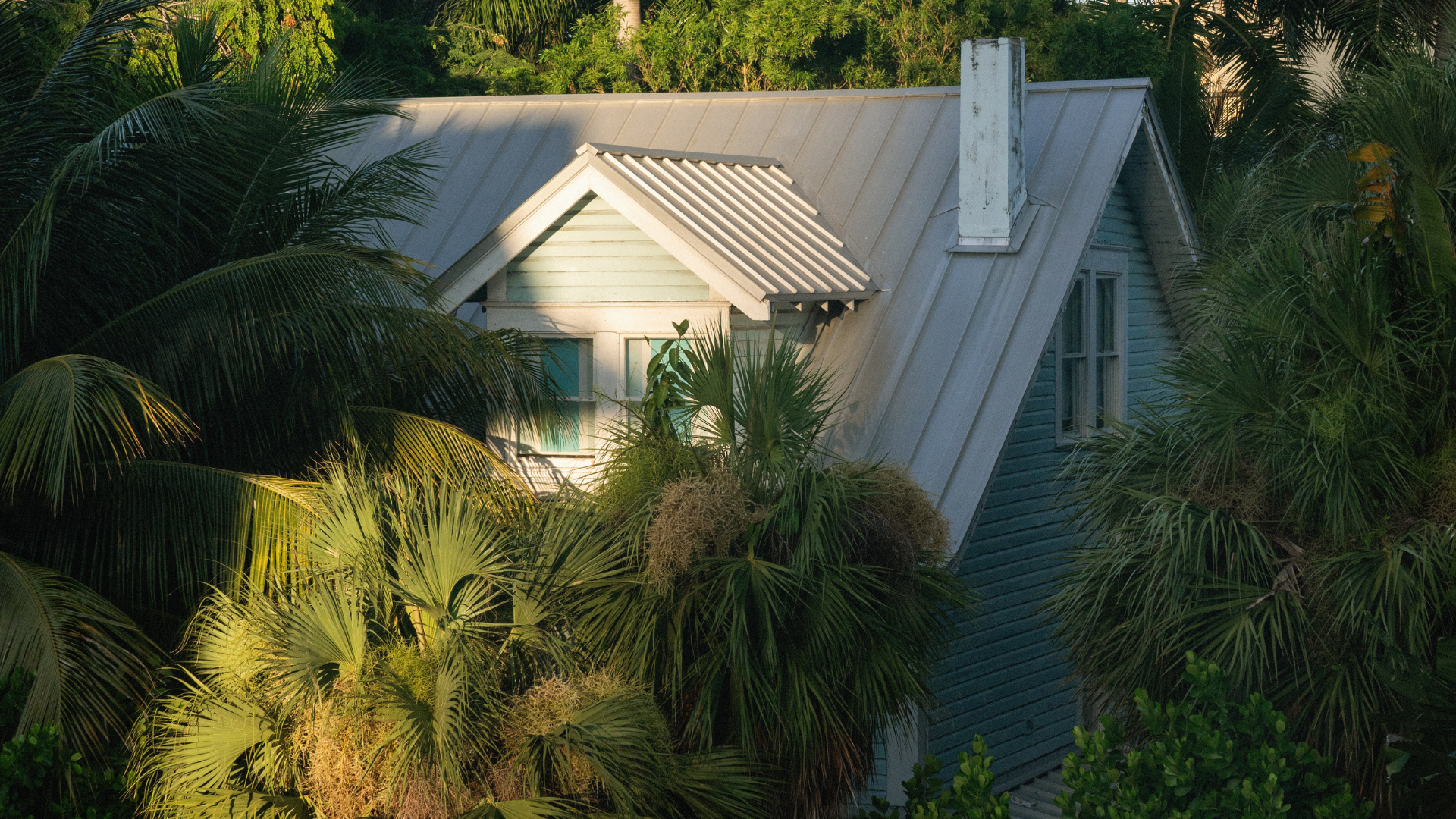 Didn't make it to Alcova Miami this year? These are our 10 favourite things
Didn't make it to Alcova Miami this year? These are our 10 favourite thingsAt the third US edition of the exhibition, designers reinterpreted ancient traditions, artfully refracted light and encouraged sexual exploration
-
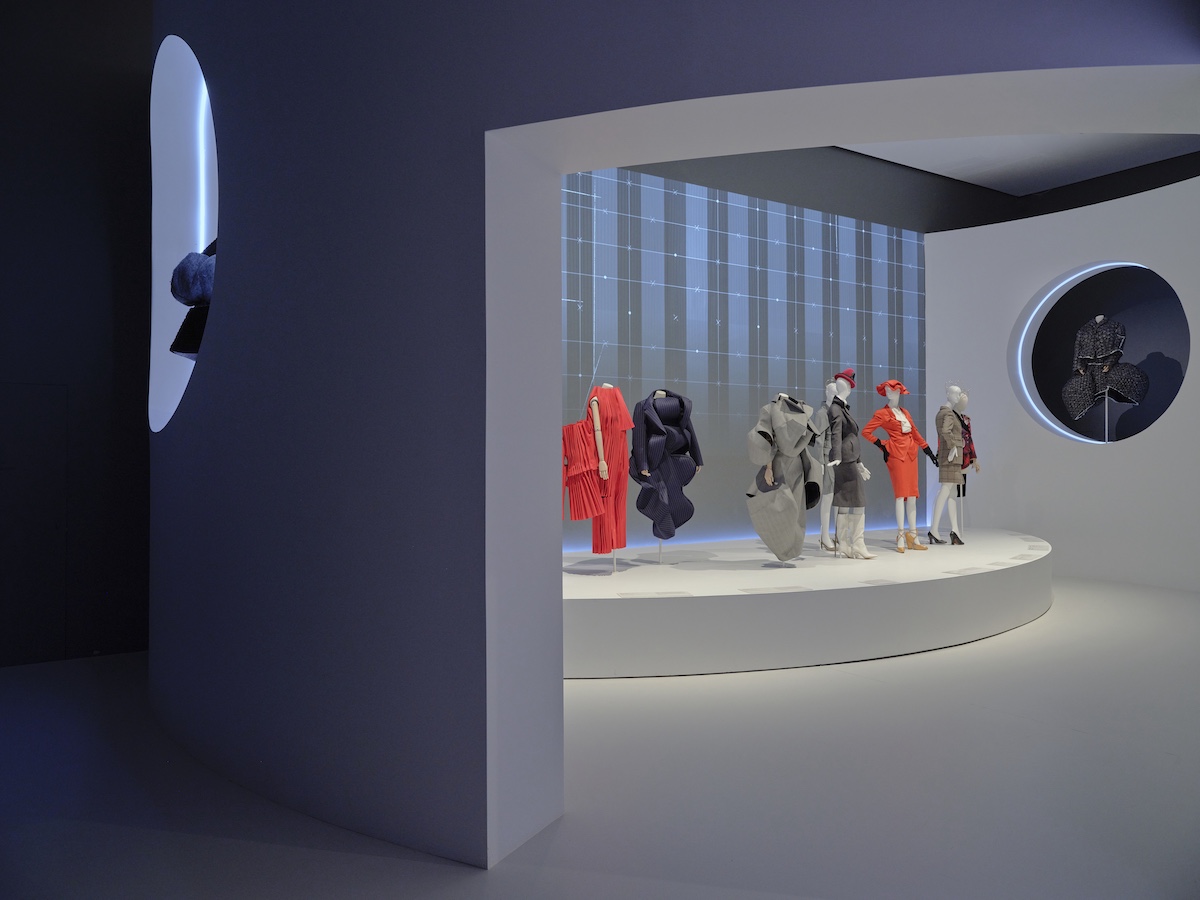 Inside the Melbourne exhibition which puts fashion renegades Rei Kawakubo and Vivienne Westwood in conversation
Inside the Melbourne exhibition which puts fashion renegades Rei Kawakubo and Vivienne Westwood in conversation‘Westwood Kawakubo’ at the National Gallery of Victoria (NGV) in Melbourne draws on the designers’ shared ‘spirit of rebellion’, curators Katie Somerville and Danielle Whitfield tell Wallpaper*
-
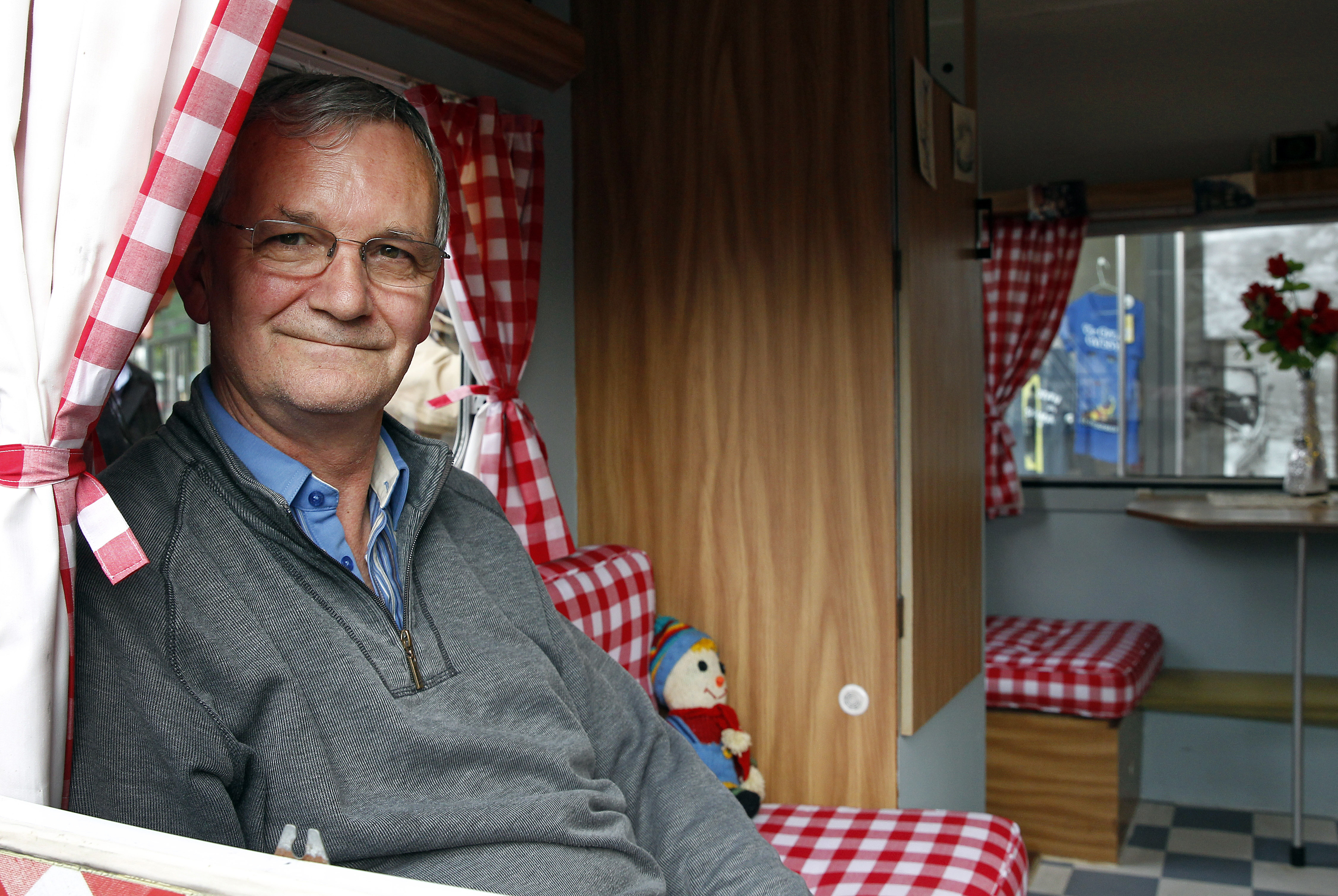 Remembering Martin Parr, astute documenter of the human condition
Remembering Martin Parr, astute documenter of the human conditionMartin Parr, a giant of photography, has died aged 73